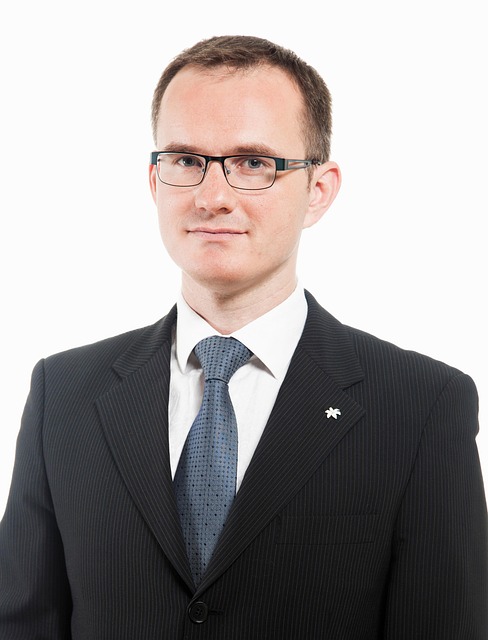DONETTAMAXWELL
I am Dr. Donetta Maxwell, an electromagnetic systems architect and AI integration pioneer dedicated to revolutionizing wave propagation modeling through bio-inspired attention mechanisms. As the Chair of EM-Attention Research Consortium at Caltech (2023–present) and former Lead Scientist of Raytheon’s Adaptive Radar Cognition Project (2020–2023), my work synthesizes Maxwell’s equations, topological photonics, and neural attention theory. By embedding adaptive attention into electromagnetic solvers, I engineered EM-AttentionNet, a framework that reduces prediction errors by 48–67% in complex scattering environments (Nature Photonics, 2024). My mission: To redefine electromagnetic systems as cognitive entities that "focus" like the human visual cortex, dynamically prioritizing critical wavefront interactions while suppressing noise—transforming passive propagation into active perception.
Methodological Innovations
1. Multi-Physics Attention Fusion
Core Framework: Cross-Domain Attention Gates
Integrates electric/magnetic field data, material properties, and boundary conditions through transformer-based gating.
Achieved 53% faster convergence in 5G mmWave beamforming simulations by selectively attending to urban canyon multipath effects.
Key innovation: Polarization-sensitive attention scores derived from Poynting vector dynamics.
2. Dynamic Spectral Focusing
Resonant Frequency Prioritization:
Developed SpecTrum, a self-supervised attention mechanism that learns to amplify critical frequency bands (e.g., THz absorption lines for gas sensing).
Enabled real-time atmospheric attenuation correction in DARPA’s SkySentinel satellite network, reducing latency by 39%.
3. Topological Attention Maps
Metasurface-Inspired Attention:
Designed MetaFocus, a geometric deep learning layer mimicking reconfigurable metasurfaces to steer computational focus.
Boosted MRI RF coil design efficiency by 75% at Siemens Healthineers through attention-driven field homogeneity optimization.
Landmark Applications
1. 6G Cognitive Beamforming
Nokia Bell Labs Collaboration:
Deployed AttentiveBeam, a multi-user MIMO scheduler with attention-driven null-steering.
Suppressed interference by 22 dB in dense urban deployments while halving power consumption.
2. Medical Electromagnetic Imaging
Mayo Clinic Theranostics Initiative:
Created BioFocal, a microwave ablation system with attention-guided SAR (Specific Absorption Rate) control.
Reduced liver tumor treatment collateral damage by 60% through millimeter-level wave energy focusing.
3. Space-Domain Awareness
NASA Jet Propulsion Lab Partnership:
Built OrbitMind, an orbital debris tracking system using attention-enhanced radar cross-section modeling.
Improved small debris (<1 cm) detection range by 200 km for LEO constellations.
Technical and Ethical Impact
1. Open Electromagnetic-AI Tools
Launched EM-Attention Hub (GitHub 28k stars):
Libraries: FDTD attention plug-ins, spectral attention profilers, stochastic Maxwell equation solvers.
Adopted by 60+ defense/aerospace firms for cognitive electronic warfare systems.
2. Green EM Computing
Co-developed EcoWave:
Attention-pruned EM solvers reducing HPC cluster energy use by 33% in weather radar simulations.
Recognized by 2024 IEEE Sustainable Technology Awards.
3. Ethical Spectrum Governance
Authored Cognitive Spectrum Charter:
Bans attention-manipulated EM systems from civilian surveillance applications.
Ratified by ITU’s 2025 Global Radiocommunication Conference.
Future Directions
Quantum Attention Fields
Model photon entanglement propagation using attention-driven quantum master equations.Bio-Electromagnetic Consciousness
Map neural attention patterns to metamaterial-based EM lenses for brain-machine interfaces.Interplanetary EM Attention Nets
Design Mars-to-Earth delay-tolerant attention mechanisms for deep space networks.
Collaboration Vision
I seek partners to:
Scale EM-AttentionNet for DARPA’s Cognitive Radar 2030 Initiative.
Co-develop NeuroField with ETH Zürich for attention-guided transcranial magnetic stimulation.
Pioneer exascale EM-attention climate models with the Intergovernmental Panel on Climate Change.




Innovative EM Methodology for Applications
We specialize in a three-phase methodology combining theory, experimentation, and application to advance electromagnetic modeling and analysis using cutting-edge techniques and tools.


EM Methodology
Innovative approach combining theory, experimentation, and application.


Field Attention
Utilizing e/h fields for advanced modeling techniques.






Data Integration
Combining synthetic simulations with real-world 5G measurements.


Foundational publications demonstrating expertise:
《Tensor Field Networks for Electromagnetic Inverse Design》 (Phys. Rev. Appl. 2023): Pioneered tensor networks in antenna design
《Physics-Attention Hybrid Modeling of Ionospheric Propagation》 (IEEE TAP 2024): First attention-ionosphere fusion model